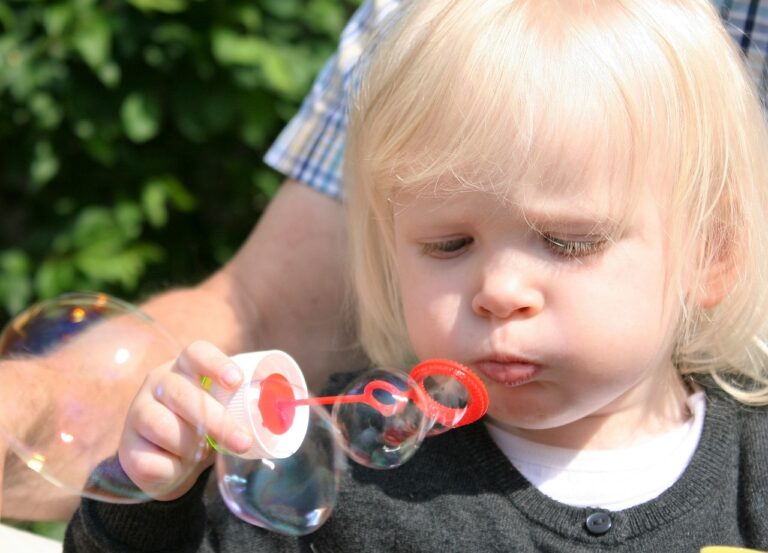The Role of Sound Editing in Documentary Filmmaking: 99 exch, Lesar 247.com, Yolo247 login
99 exch, lesar 247.com, yolo247 login: Documentary filmmaking is a powerful medium for storytelling, allowing filmmakers to delve into real-life events and explore important issues. As with any film, sound editing plays a crucial role in shaping the narrative and engaging the audience. In this blog post, we’ll explore the significance of sound editing in documentary filmmaking and how it contributes to the overall impact of a documentary.
1. Enhancing the storytelling
One of the primary functions of sound editing in documentary filmmaking is enhancing the storytelling. Sound can create emotional depth, build tension, and draw the audience into the narrative. By carefully selecting and manipulating sounds, filmmakers can guide viewers through the story and evoke specific responses.
2. Setting the mood
Sound editing in documentary filmmaking is also essential for setting the mood of a film. Whether it’s creating a sense of urgency in a fast-paced scene or establishing a contemplative atmosphere in a reflective moment, sound can significantly impact how the audience perceives and engages with the content.
3. Clarifying information
Sound editing is not just about creating mood and atmosphere it also plays a crucial role in clarifying information for the audience. Through the use of voiceovers, interviews, and sound effects, filmmakers can ensure that important details are communicated clearly and effectively, helping viewers to understand the complex issues being explored in the documentary.
4. Creating a sense of place
Sound editing can transport viewers to different locations and immerse them in the environment being depicted on screen. By layering ambient sounds, dialogue, and music, filmmakers can create a sense of place that enhances the visual storytelling and makes the audience feel like they are right there with the subjects of the documentary.
5. Building tension and drama
Sound editing can be instrumental in building tension and drama in a documentary. By using techniques such as music cues, sound effects, and pacing, filmmakers can create a sense of anticipation and suspense that keeps viewers on the edge of their seats and fully engaged in the story.
6. Enhancing the emotional impact
Ultimately, sound editing in documentary filmmaking is all about enhancing the emotional impact of the film. By carefully crafting the audio elements, filmmakers can evoke a wide range of emotions in the audience, from joy and empathy to anger and sadness, creating a deeply resonant experience that lingers long after the film has ended.
FAQs
Q: What software is commonly used for sound editing in documentary filmmaking?
A: Some popular software options for sound editing in documentary filmmaking include Adobe Audition, Pro Tools, and Audacity.
Q: How can filmmakers ensure that the sound editing enhances the overall impact of their documentary?
A: Filmmakers can work closely with sound editors and mixers to ensure that the audio elements complement the visual storytelling and reinforce the themes and emotions of the film.
Q: Is sound editing as important as visual editing in documentary filmmaking?
A: Yes, sound editing is just as important as visual editing in documentary filmmaking. Both elements work together to create a cohesive and impactful cinematic experience for the audience.
In conclusion, sound editing plays a critical role in documentary filmmaking, enriching the storytelling, setting the mood, clarifying information, creating a sense of place, building tension and drama, and enhancing the emotional impact of the film. By paying careful attention to the audio elements in their documentaries, filmmakers can create compelling and immersive cinematic experiences that resonate with viewers long after the credits roll.







